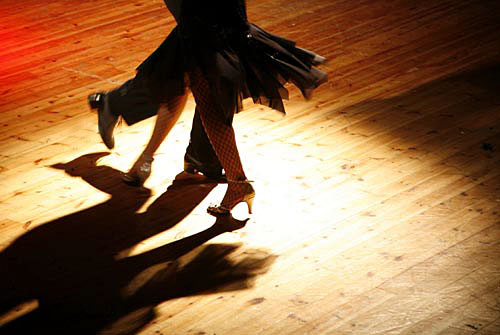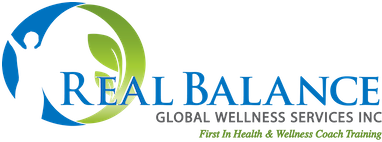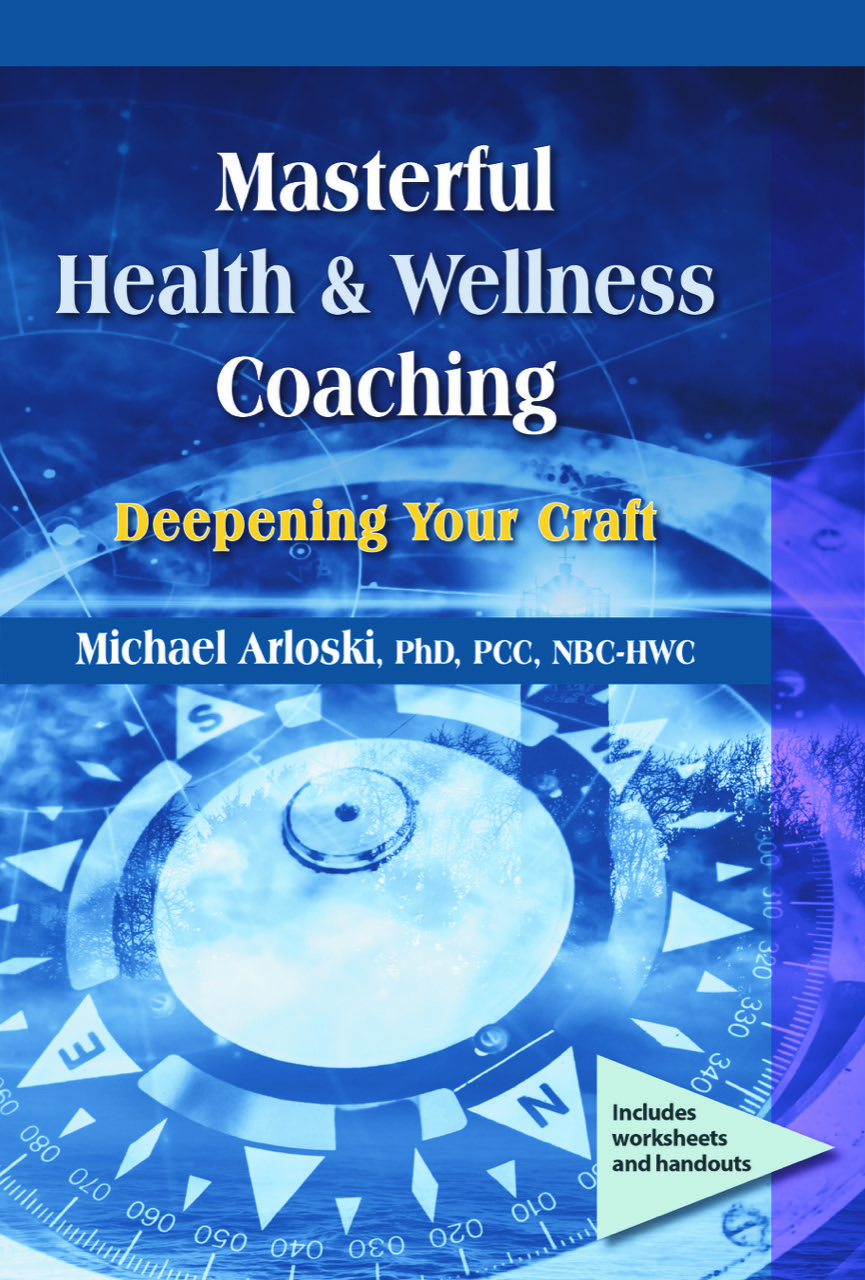Making and Maintaining The Shift To The Coaching Mindset

We meet our coaching client with the very best of intentions. We want to help. And help sometimes means throwing ourselves into doing what the client seems to be unable to do themselves up to this point – figure out solutions. Instead of empowering our clients to come to their own solutions, we seek to fix it for them. We draw upon our knowledge, our wisdom, our intelligence, and put effort into guiding the conversation to this goal of helping the client to live better and be healthier. We take on more than our share of responsibility for outcome. Perhaps we even let our own needs for control influence what is going on.
Your client is speaking about a very challenging situation in their complex life. You are fully engaged – in trying to figure it out. You sincerely want to help. You are curious, in a detective sort of way. Your internal chatter is racing: ‘What’s going on here?’ ‘How can the client handle this better?’ ‘What should the client do?’ ‘The client is not dealing with this effectively.’ ‘The client is engaging in self-defeating behavior or irrational thinking.’
So, you ask questions. Really good questions. You delve deeper into the problems. You seek solutions. You analyze. But, you’re not coaching. The more you think the less you feel. The more you analyze and use deduction, the more you step away from your client and all that they feel and all that they are. You, the coach, forget to empathize. You may even forget to use your Active Listening Skills, like paraphrasing and reflection of feeling. You forget to neutrally help your client explore and to do the work themselves. You have become your client’s consultant, taking on the work that belongs to your client.
As James Prochaska loves to say about change; making the “Mindset Shift” to the Coaching Mindset is a process, not an event. The shift did not happen that day when you completed a Wellness Coach Certification Course, and then become locked in place. We all keep going back to our default setting, be it treatment provider, educator, or consultant. What reinforces the old mindset is that many of our clients expect us to be the consultant, the trusted expert. They are used to working with consultants of every stripe and they often come to coaching with feeling of low self-efficacy and seek the guidance of experts who can point the way for them.
 In Our Heads
In Our Heads
The more we are in our own heads, the more we miss about what is going on for our client. Our analyzing and wondering about where to go next removes us from what is happening right here and right now. Perhaps our client is talking about what they had for breakfast, and the greater context is that they are having breakfast alone for the first time after their children have gone to live with their former spouse. We are missing the undercurrent in their voice of loneliness. We miss inquiring about their emotions, and, instead focus on the cholesterol content of what was on their plate. We miss reflecting our client’s feelings because we don’t notice what they were feeling. We miss an opportunity to express empathic understanding.
Trust The Coaching Process
To quit our consulting job and truly coach we must trust the coaching process. It is a leap of faith to let go of our urge to help and instead to assist. We have to trust not only the coaching process – that it is valid and potentially effective – but also trust our client. As The Coaches Training Institute http://www.coactive.com teaches, when we feel it “in our bones” that the client truly is “naturally creative, resourceful and whole” we can finally coach. When we apply this “Cornerstone of Coaching” we don’t rescue our client by finishing their sentence. We don’t provide for them what they may actually be capable of creating themselves.
Most importantly we don’t interfere in our client’s lives. Think about it! What right do we have to interfere in anyone’s life (and I’m referring to way of living, not intervening in an emergency, etc.)? Do our coaching “interventions” actually constitute an act of interference in how someone is choosing to live their life? Coaching is NOT an intervention!
 Back To Center – Back To The Present
Back To Center – Back To The Present
So, how do we stay in the moment with our client, yet provide the structure that is an absolutely essential part of effective coaching? It comes down to the proverbial “dancing in the moment” that coaches are so fond of referring to, but it also acknowledges that we have made an agreement with our client about the music.
An effective coach operates within an evidence-based, theoretically grounded coaching structure. We provide a methodology that allows facilitation of the client’s success at improving their lifestyle and therefore, their life. As we follow that “music” (our agreed upon coaching structure) we put our attention into the process of awareness. We listen with ears, eyes and heart. We pick up on the nuance of speech that reveals what may be going on beyond the surface. We explore without preconceived notions of what the client’s experience is. We may just simply say to the client we observe with the tight voice and the furrowed brow: “Are you aware of your forehead right now as you say that?” Let them do the work. Coach!








Only registered and logged in readers can leave comments.